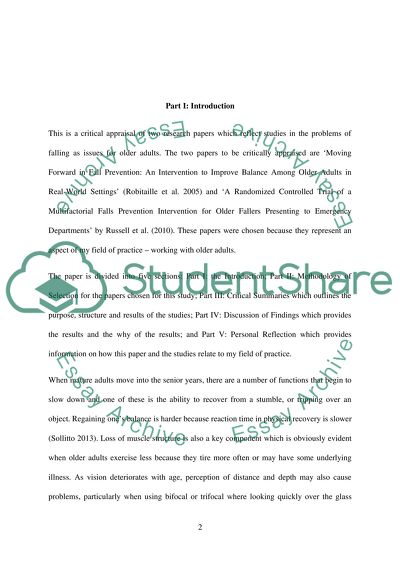Cite this document
(“Understanding falling incidents in older adults Essay”, n.d.)
Retrieved from https://studentshare.org/nursing/1404632-using-research-knowledge
Retrieved from https://studentshare.org/nursing/1404632-using-research-knowledge
(Understanding Falling Incidents in Older Adults Essay)
https://studentshare.org/nursing/1404632-using-research-knowledge.
https://studentshare.org/nursing/1404632-using-research-knowledge.
“Understanding Falling Incidents in Older Adults Essay”, n.d. https://studentshare.org/nursing/1404632-using-research-knowledge.


